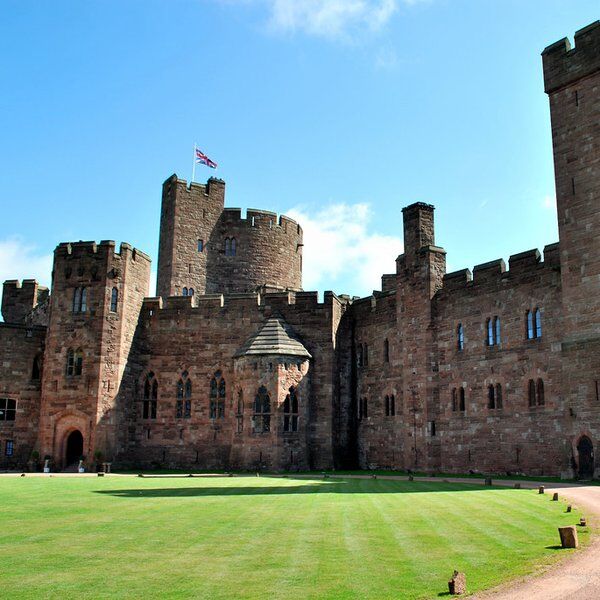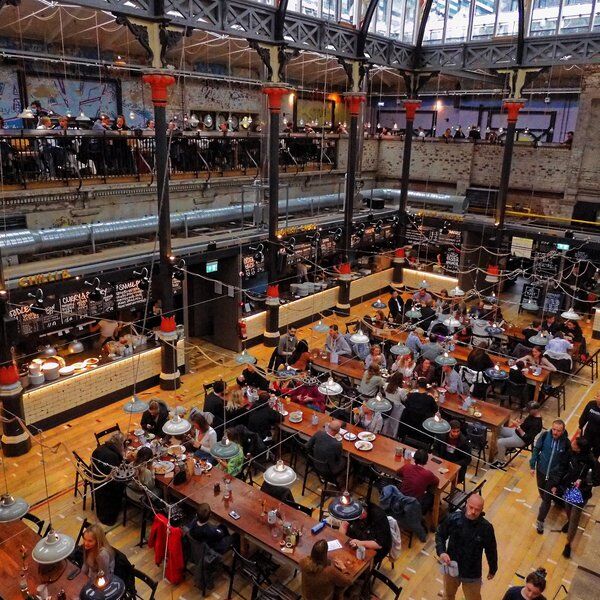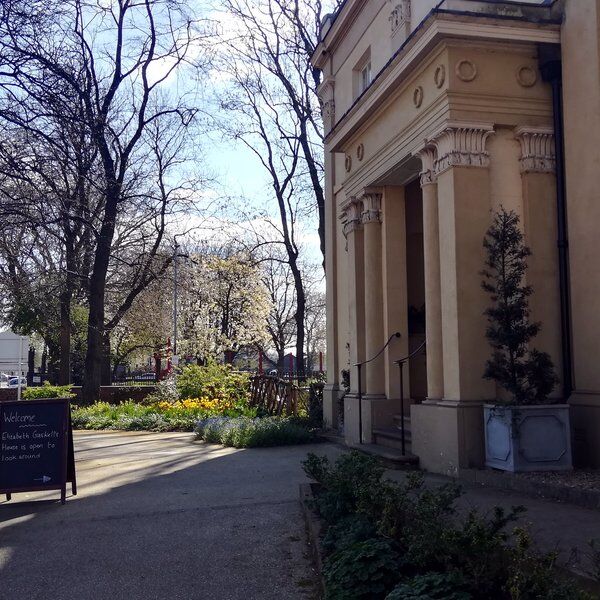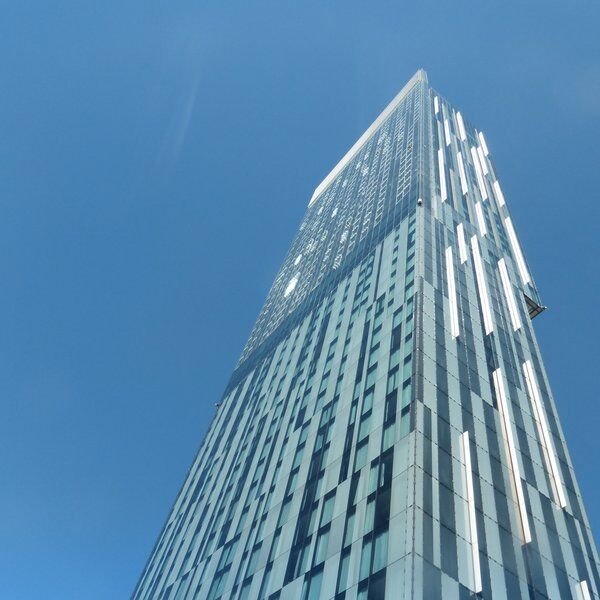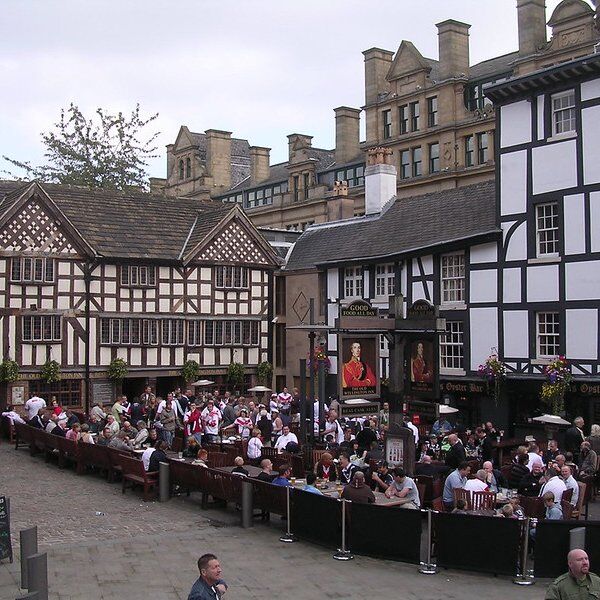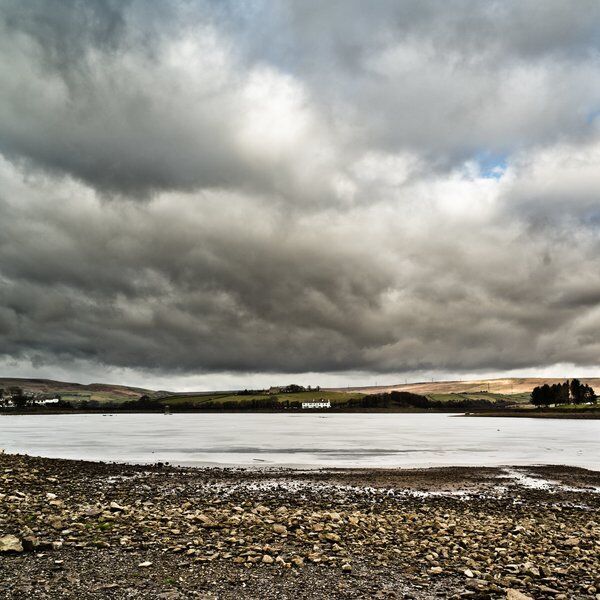Discover Ordsall Hall
Ordsall Hall is a 750-year-old manor house in the historic parish of Ordsall, Lancashire. First mentioned in records in 1177, this building has had many different faces and purposes over the years. However, its 300-year tenure as the ancestral seat of the Radclyffe family, proved to be its most significant function.
Immortalised in William Harrison Ainsworth's novel "Guy Fawkes," the hall also holds a place in local legend, believed to be the planning site for the infamous Gunpowder Plot of 1605. Today, Ordsall Hall, managed by Salford City Council is open to the public free of charge as a local history museum and Tudor house, filled with period appropriate costumes, furniture, and objects.
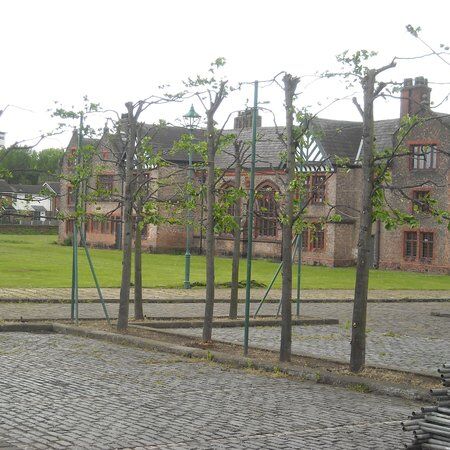
The History of Ordsall Hall
Early History
The name "Ordsall" comes from Old English origins, combining "Ord," a personal name, with "halh," meaning a corner or nook—perhaps referring to its location by a bend in the River Irwell. The earliest written record of Ordsall, referred to as "Ordeshala," dates back to 1177, when it contributed to a feudal due. Ownership passed to William de Ferrers, Earl of Derby, around 1251, in exchange for land in Pendleton. However, it wasn't until 1335 that the Radclyffe family took ownership, with Sir John Radclyffe, establishing his right of inheritance in 1354.
Radclyffe Ownership
During Radclyffe ownership, Ordsall Hall was heavily developed. By 1380, it had a hall, chambers, kitchen, and chapel, along with stables, granges, and an orchard. In 1512, Sir Alexander Radclyffe oversaw the construction of the current Great Hall. It had many elaborate details such as its roof structure and hexagonal hearth. Later additions were made according to changing functions and architectural styles at the time, including the 1639 external brickwork.
The Radcliffe’s were prominent figures in contemporary society; Sir Alexander Radclyffe was the High Sheriff of Lancashire, while Margaret Radclyffe became Queen Elizabeth's favourite lady-in-waiting. Despite the family’s prominence however, financial troubles during the English Civil War led to the sale of Ordsall Hall in 1662, to Colonel John Birch.

Change of Ownership
Following its sale by the Radclyffes in 1662, Ordsall Hall passed through various hands, including the Oldfield and Stock families. It also served lots of different roles including housing a working men's club, becoming a school for clergy, and later a radio station during the Second World War.
Opening Ordsall Hall up to the Public
In 1959 the hall was acquired by the old Salford Corporation, eventually opening to the public in 1972, after some renovations. Further restoration work was carried out on Ordsall Hall from 2009 to 2011 with a focus on the preservation of historic detailing. Today, it has earned its place as a cultural landmark in Manchester.
Ordsall Hall and Guy Fawkes
Ordsall Halls connection to the infamous Gunpowder Plot of 1605 was perpetuated by Harrison Ainsworth's 1842 novel, “Guy Fawkes”. In Ainsworth's novel, a seed was planted that Guy Fawkes hatched his plan within the walls of Ordsall Hall's Star Chamber. Though lacking concrete evidence, the Radclyffes, devout Roman Catholics, were associated with the Catesby family, central figures in the plot. The legend persists, reflected in the naming of the modern Guy Fawkes Street.
Visiting Orsdall Hall
The Hall’s Exterior
The hall’s striking timber-framed exterior, complimented by intricate carvings, oak-panelled rooms, old fireplaces, detailed plasterwork, and surrounding gardens welcomes visitors into the past. The use of quatrefoils inside and out is a nod to Gothic inspired architecture, and adds a mediaeval flair.
Dating back to the 15th century, the current exterior has two distinct elements: the timber-framed south range and the brick west range added in 1639. Today, it has been Grade-I listed by English Heritage.
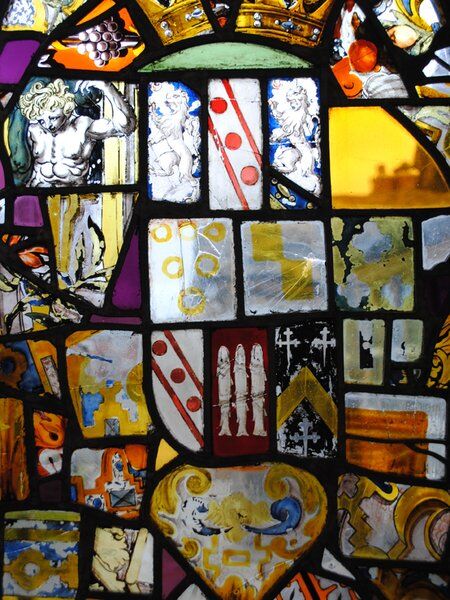
Inside Ordsall Hall
Originally, the hall had a central quadrangle, complete with a hall, chambers, a kitchen, and even a chapel. But each phase of ownership and function left its mark on the building, from alterations made during Samuel Egerton's ownership in the mid-18th century to Victorian-era restorations carried out by Alfred Darbyshire. The Great Hall’s canopy was destroyed and new rooms were created. The east wing likely met a similar fate. Inside the Great Hall there is a mix of historic and modern furniture. An armchair bearing the Radcliffe family's quartered arms, and the prized Radclyffe Bed, bearing the Radclyffe family's coat of arms, are some of the items on display at Ordsall Hall.
Frederic Shields Gallery
In the Frederic Shields Gallery visitors can learn more about the lives of Ordsall Hall's former inhabitants. There are many intriguing tales to digest from the Radclyffe twins to the artistic legacy of the pre-Raphaelite painter Frederic Shields himself. Keep an eye out for temporary exhibitions that are updated with fresh information periodically.
Ordsall Gardens
In the garden, whilst navigating the fruit and flower lined pathways, visitors will notice lots of subtle historical details, such as a late-Tudor knot garden and the World War One allotment. In the herb garden, there are mediaeval, Tudor, and modern herbs, combining all elements of history into one.
Tunnels Below Ordsall Hall
In the late 19th century, the landscape around the hall altered with the rise of industrialisation. Below this surrounding landscape, Ordsall Hall is known for its underground passages. One passage in particular is believed to stretch beneath the River Irwell into Manchester, although its exact purpose remains shrouded in mystery.
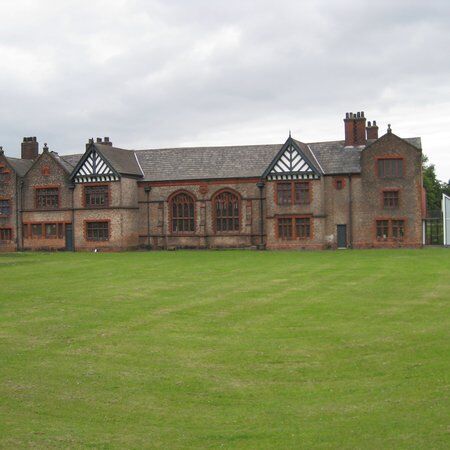
Interested in finding more places like this? Try one of our CityDays Manchester Treasure Hunts - untangle cryptic clues as a team, as you are taken on a journey to the most unique, unusual and bizarre corners of Manchester.




